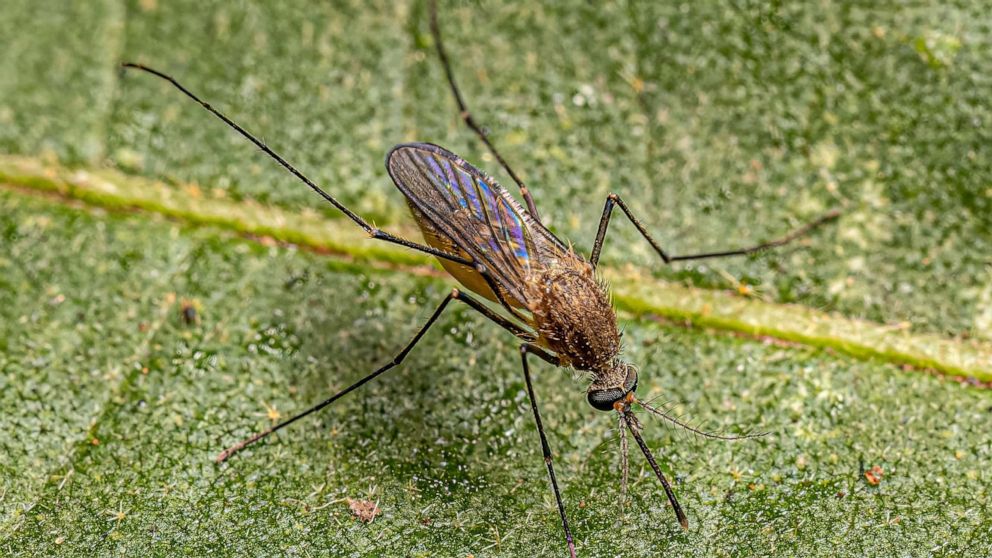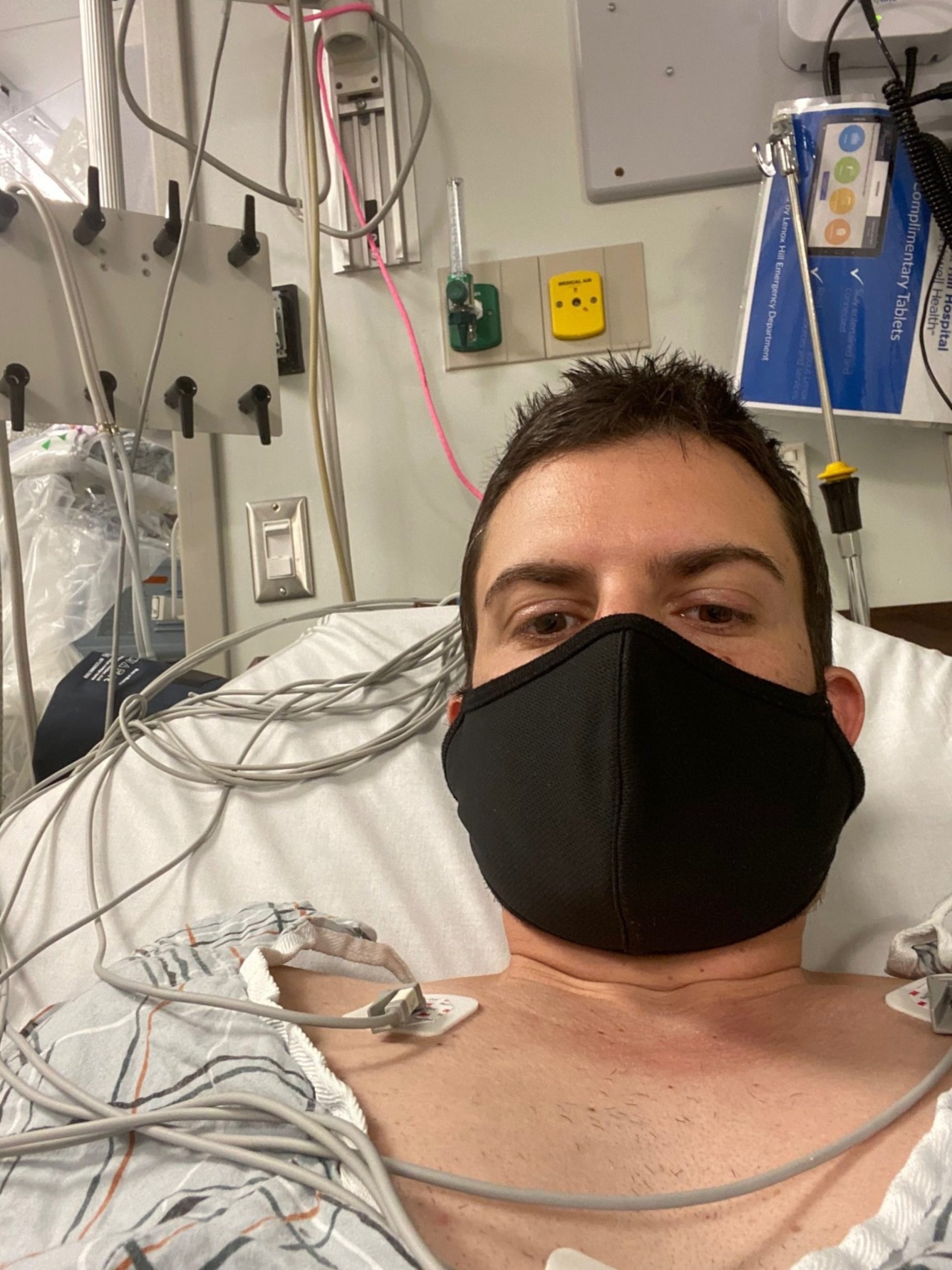Detection of 2 Cases, Including 1 Fatality, of Rare Mosquito-Borne Disease EEE in Alabama
Alabama health officials have recently reported the detection of two cases of Eastern Equine Encephalitis (EEE), a rare mosquito-borne disease. Unfortunately, one of the cases resulted in a fatality, raising concerns about the potential spread and impact of this disease within the state.
EEE is a viral disease that primarily affects horses but can also infect humans. It is transmitted through the bite of infected mosquitoes, particularly those belonging to the Culiseta melanura species. While human cases of EEE are relatively rare, they can be severe and even fatal.
The first case was reported in a resident of Mobile County, who unfortunately passed away due to complications from EEE. The second case was reported in a resident of Washington County, who is currently receiving medical treatment. These cases have raised alarm bells among health officials and prompted them to take immediate action to prevent further spread.
The Alabama Department of Public Health (ADPH) has been working diligently to investigate these cases and implement measures to control the mosquito population. They have been conducting mosquito surveillance and testing to identify areas at high risk for EEE transmission. Additionally, they have been advising residents to take precautions to protect themselves from mosquito bites.
Mosquito control efforts include larviciding, which involves treating standing water sources where mosquitoes breed, and adulticiding, which involves spraying insecticides to kill adult mosquitoes. These measures aim to reduce the mosquito population and minimize the risk of EEE transmission.
In light of these cases, health officials are urging residents to take personal protective measures to avoid mosquito bites. This includes wearing long sleeves and pants, using insect repellent containing DEET, and avoiding outdoor activities during peak mosquito activity times, such as dawn and dusk.
It is important for individuals to be aware of the symptoms of EEE, as early detection can significantly improve outcomes. Symptoms typically appear 3 to 10 days after being bitten by an infected mosquito and may include high fever, headache, stiff neck, and neurological changes such as confusion or seizures. In severe cases, the disease can progress to inflammation of the brain, leading to coma or death.
While there is no specific treatment for EEE, supportive care can help manage symptoms and reduce complications. Vaccines are available for horses, but no human vaccine currently exists. Therefore, prevention through mosquito control and personal protective measures remains crucial.
The detection of EEE cases in Alabama serves as a reminder of the importance of mosquito control efforts and individual vigilance in preventing mosquito-borne diseases. Health officials are working diligently to contain the spread of EEE and protect the public from further harm. It is essential for residents to stay informed, take necessary precautions, and report any suspicious symptoms to healthcare professionals promptly. By working together, we can minimize the impact of EEE and ensure the well-being of our communities.



